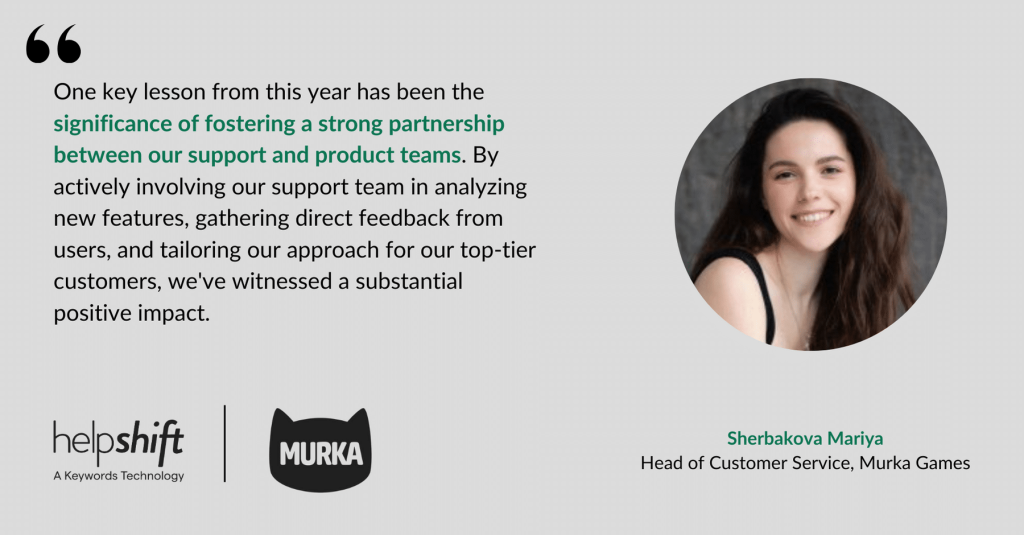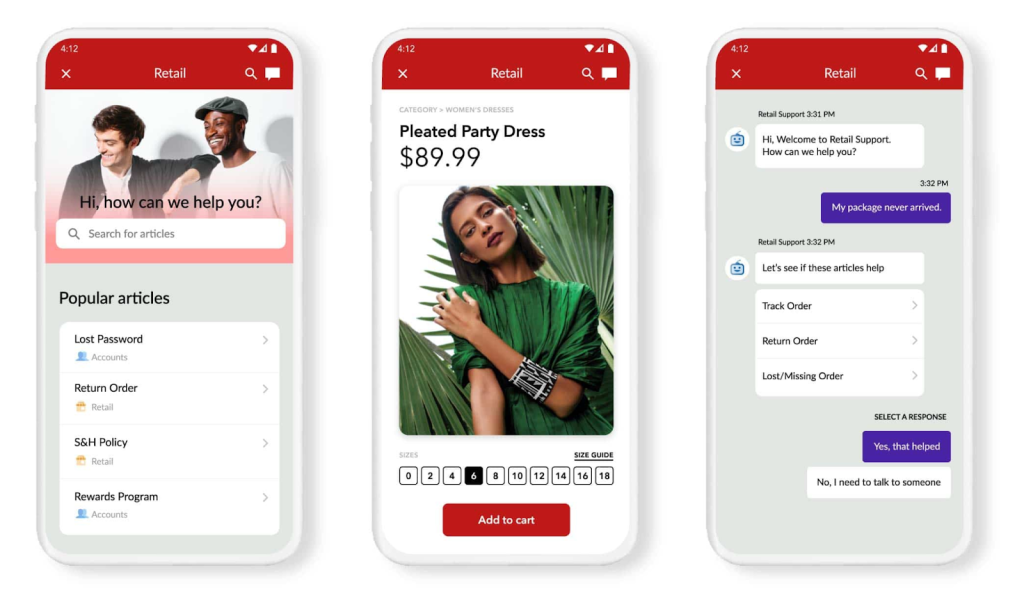Helpshift is fortunate enough to have its own in-house data science team tasked with creating AI products that are tailored specifically for customer service. The main reason that Helpshift has invested so heavily in this department is because B2C brands are entering a new era of automated customer service, and need a customer service partner that truly understands the capabilities of AI for this field.
Gartner predicts that by 2020,“customers will manage 85 percent of their relationship with the enterprise without interacting with a human.”
While these are still unchartered waters that need to be navigated carefully, it’s clear that using AI in a way that is able to enhance customer service operations while also boosting the customer experience is a necessity. Helpshift Data Scientist Christian Leipski is here to offer more insight into the most important considerations for his team in achieving these goals.
As a data scientist, you are on the front lines when it comes to understanding the near and far term potential for AI in your field. What do you think the impact of AI will be on customer service in the next year? Five years?
CL: A growing trend we subscribe to — and that we believe will continue to gain traction — is that AI is here to assist the human agents, not to replace them. It is doing so mainly in two ways: taking charge of highly repetitive actions and providing assistance to the agent who is answering more complex customer issues.
To facilitate the increasing impact of AI, particularly in the context of AI taking over highly repetitive actions, we predict that AI-powered bots will get smarter. The trust in AI-powered bots suffered greatly a few years ago due to hype that could not be delivered on by the actual product. The market saw some spectacular failures of deployed bots.
So instead of aiming for fully autonomous bots, we envision a suite of very transparent AI-powered tools that can be utilized to customize a bot experience that is deterministic at heart (and thus fully controllable), but AI-assisted where desired.
We believe a major focus of AI in customer service in the coming years will be the ease of deployment and also seamless integration. Most or all customer service operations can benefit from current and future AI solutions. However, widespread adoption will be limited if it requires significant developer resources on the customer’s part.
Therefore making any solution easy to deploy and maintain promises to greatly increase adoption. Furthermore, the more seamless it is to integrate AI tools, the more likely they will be utilized and can provide assistance to their fullest potential.
For brands looking to incorporate AI into their daily operations, how much data expertise should they already have in order to successfully use AI tools?
CL: Traditionally some data expertise was definitely required to maximize the ROI of AI solutions. But we are convinced that this does not need to be the case.
We aim to shift this burden and responsibility from the customer to the AI engine itself. By enabling the AI engine to take over previously manual responsibilities such as properly selecting, tagging and/or cleaning data, the team can have more bandwidth to focus on the actual impact of AI solutions. This in turn allows our customers to take full advantage of the benefits that AI offers.
Having said that, a data-driven mindset in general can benefit any company. Data is an incredibly valuable commodity that can drive important insights in any operation, and this is only magnified with the assistance of AI.
How accurate does AI really need to be in order to be effective in customer service?
CL: It is true that the level of accuracy depends very much on the customer use cases and how they want to benefit from AI. It’s also important to note that we leave the accuracy confidence threshold decision up to the customer. Let’s look at two cases .
1. When Volume is More Important than Accuracy
First, Customer A uses tags to classify and route tickets. Currently tagging is a manual process, meaning every ticket is individually assigned. With the help of AI, the team can forgo this process and create a machine learning-based model to do this instead. The model assigns the most appropriate tag for each ticket instantaneously. In order for this approach to make an impact, the customer wants all tickets to be tagged. In this case, the overall accuracy may be of secondary importance compared to the volume of issues being tagged. This is okay, because more tickets will be classified correctly in aggregate, even if the accuracy percentage is lower overall.
2. When Accuracy is More Important than Volume
On the other hand, Customer B wants to use AI to predict the intent of an incoming ticket. For some intents, they have created very specific automated workflows. The goal here is to identify tickets with these intents and then automatically trigger those workflows such as bot-based responses. Since the end user is directly exposed to bot interactions, it’s very important to be accurate and not risk frustrating the end user with incorrect categorization. The best approach here is to aim for highest accuracy.
For more information on Helpshift’s AI-powered digital customer service platform, check out our free trial.
Want to learn more?
- Additional Product Information: Helpshift Powers AI and Automation




